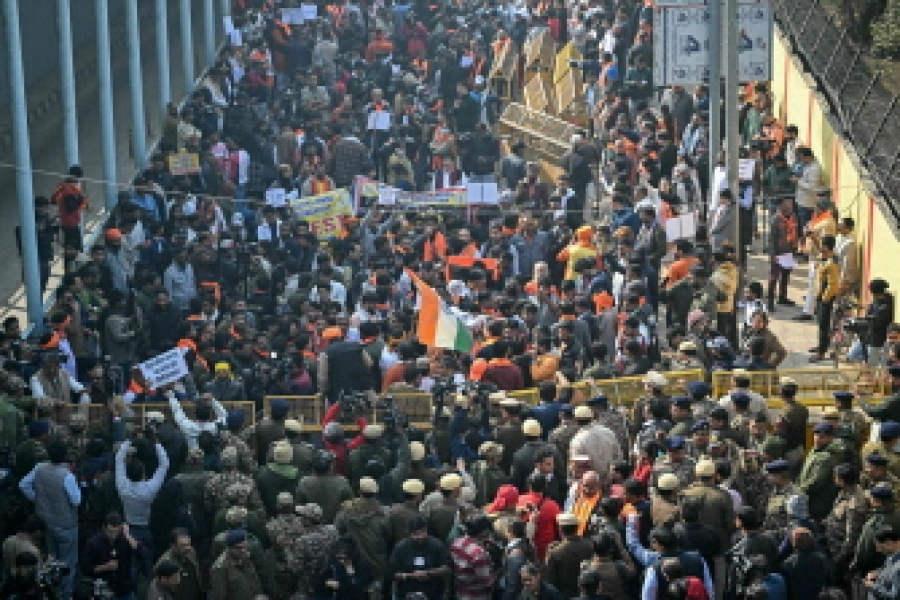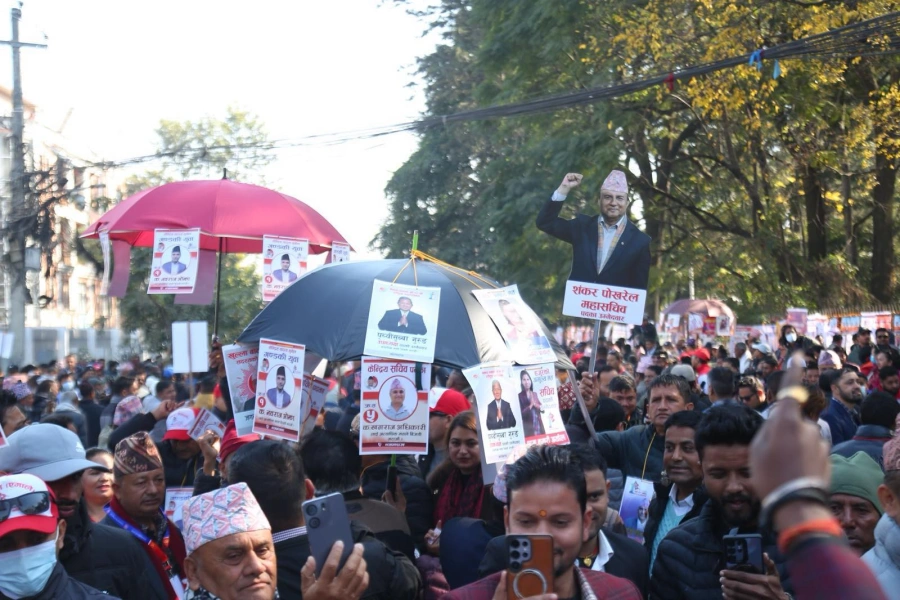Single transferable voting system remains unpopular because of large constituencies, complex counting and parochial politics.
Both single transferable voting (STV) and first-past-the-post (FPTP) systems are going to be adopted to elect 56 members of National Assembly on February 7. An electoral college comprising 550 Provincial Assembly members and 1,506 chiefs and deputy chiefs of the local federal units totaling 2,056 electorates will cast votes. Only 42 members will be elected under STV system while 14 will be elected directly. Of the eight members to be elected from each province, six including three women are elected under the STV system while one each from Dalit and disabled or minority communities is picked through FPTP system. As the weight of each vote to be casted by a provincial assembly member and by the chief or deputy chief of municipalities and rural municipalities is different, it complicates the counting process. Given that the voting will be lengthy followed by a complicated counting process, the question arises: Will the overall election process be representative? Will political parties exhibit faith towards the system?
How it works
FPTP system is the simplest form of election in that any candidate securing the largest number of votes is declared the winner. Even if a candidate gets one vote more than his/her nearest rival, s/he becomes the winner. Sixty percent of candidates in House of Representatives (HoR) and Provincial Assembly elections were declared winners through this system.
Four ways Nepalis overseas could vote — EC begins pilot for Mar...

STV, on the other hand, is a kind of Proportional Representation (PR) but different than the one that Nepal partially exercised during 2008 and 2013 Constituent Assembly (CA) elections. The main objective of this system is to ensure inclusion in representation. Under this system, voters express their choice on the basis of their priority. After taking into account percentage of voters selected in first, second and third priority, a threshold has to be crossed.
Counting under STV system is continued till quota is reached. If a quota exceeds the candidate is declared elected. If another candidate crosses the quota by transferring the vote that candidate is also declared elected. There is no wastage of votes under this system but if no quota is reached, remaining votes may be wasted. This system is used in Australian Senate and in Ireland and Malta. It was also practiced in Nepal for the National Assembly election in 1991.
STV addresses the two issues of proportionality and prevention of vote waste. First, STV tends to produce a high degree of proportionality between votes and party representation. Second, as a system designed to avoid wasted votes, it unsurprisingly performs well on this criterion. A voter can vote for any party or candidate, in the knowledge that if that party does not do well in their constituency, their vote will most likely be redistributed when the candidate is eliminated. There are also considerably fewer safe seats under STV. Tactical voting is no longer necessary as it makes little sense to do anything other than register a sincere preference for the party they would most like to see win.
Good or bad?
Despite these positive aspects, STV remains unpopular because of its large constituencies, complex counting system and a tendency towards parochial politics. Priority voting is difficult to understand by illiterates. As most of electorates for NA elections in Nepal will be literate ones, STV might hardly confuse the voters.
First, while constituencies encompass whole province and have multiple MPs, this could lead to a more ‘competitive’ dynamic. Second, the complex counting system has led to the accusation that STV is too complex. Many election stakeholders criticize STV claiming that its principles “rest on procedures which few might understand.” This concern needs to be taken seriously, given that understanding of the voting system is a key to voters’ participation. In fact, STV benefits from a simple voting process. The action of ranking candidates is not in itself complex. Most complexities arise at the later counting stage which also could be made simpler by mobilizing experts and use of technology. Certainly, any transition to STV would need to be accompanied by a comprehensive information campaign by government as well as Election Commission. But this is what is lacking.
STV is a system that can guarantee increased proportionality in voting and maintain direct accountability of all MPs to their electorate. Thus it addresses the two most common complaints against FPTP that it confers on dominant parties in the parliament and results in higher wastage of votes.
As Nepal is at the critical juncture of implementing new constitution made based on the aspiration of inclusion at each and every level of governance, the use of STV in National Assembly election will help achieve this goal. But concerned agencies should make the electorates, political parties and electoral community well aware of the process in advance. Otherwise, questions will be raised about the practicality of this system as well.
The author is Program Director at National Election Observation Committee







































